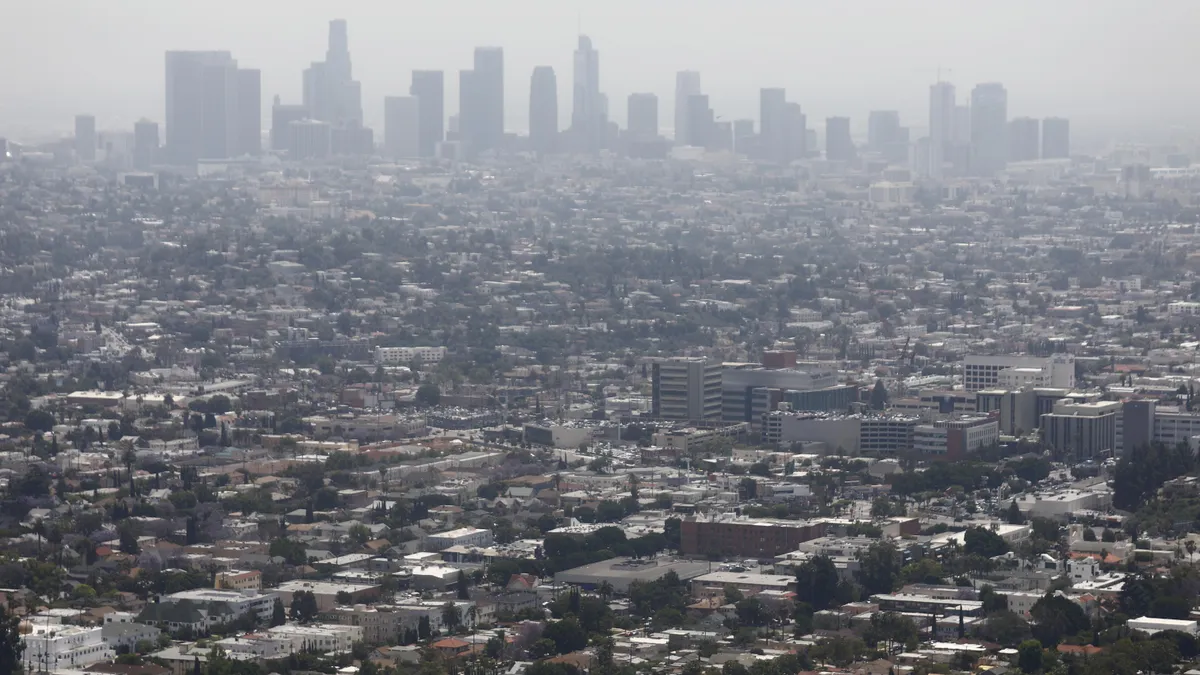According to the American Public Health Association, “poor transportation decisions can harm health and are not always fair across all communities.” For example, public policy decisions in the 20th century often put major roadways close to low-income neighborhoods and communities of color, exposing those residents to air pollution that is linked to childhood asthma and respiratory conditions. Lack of adequate transportation, meanwhile, can impact a person’s access to doctor appointments and other healthcare services.

To learn more about the intersection of transportation and public health, Smart Cities Dive spoke with John Auerbach, senior vice president for federal health at ICF, a global consulting and technology services company. Previously, Auerbach was director of intergovernmental and strategic affairs at the Centers for Disease Control and Prevention, where he worked with other federal, state, local and tribal government agencies and provided oversight to the CDC’s health equity work group.
Collaboration among transportation and public health officials at all levels of government is key to better outcomes, Auerbach believes.
Editor’s note: This interview has been edited for length and clarity.
SMART CITIES DIVE: Can you explain the primary impacts of transportation on public health?
JOHN AUERBACH: There’s a solid amount of evidence that shows that transportation has a significant impact on the health and well-being of the public. The social determinants of health really make a difference in what kind of housing people have and includes whether there are job opportunities, education opportunities.
An additional significant way that transportation matters is, when we look at obesity and diabetes, that those rates have gone up pretty significantly since the 1970s. [That’s] in part related to the fact that we’ve built a society that’s much more of a car-related society.
How is transportation related to equity in health?
Transportation decisions have often had a really significant impact in terms of creating environments that make it more difficult for Black communities and [other] communities of color to have access to the necessities of life. In the 1950s, when we saw a lot of construction going on highways, disproportionately those highways were built through low-income communities and communities of color.
A second area related to transportation has to do with particulate matter. As we look at the incidences of heart disease, asthma and other diseases, we know that the closer you are to a highway or an area where there’s a good deal of traffic, the more that you’re susceptible to a variety of different significant health issues. This is particularly true of, say, putting housing for the elderly near a highway or young children in daycare centers near a highway, but it’s also true for low-income communities in general.
How would you recommend changing the equation?
An important way to change the equation is to build linkages between agencies that focus on health and transportation-related agencies at the federal, state and local levels. You need to be working in collaboration with each other.
There are billions [of dollars] that are available to improve public transportation. There are billions that are available to do planning that can incorporate Complete Streets notions and bike lanes and pedestrian lanes, and there are billions that are available for carbon reduction. So there’s a lot of dollars available from different sources that are coming into cities and states.
What we would say is, don’t think of those as individual, isolated funding streams. Take the dollars that are available from a variety of sources to do planning that’s thoughtful for the entire region. Step back and look at some of the historic consequences that have resulted in problems related to health and work out a regionwide plan.












